How are Perfumes Made?
Creating a perfume may seem very easy at first glance, but the truth is it is a complex process where you work with very small measures to achieve the perfect fragrance.
If you have ever wondered how perfumes are made, you have come to the right place because today we are going to detail its production process.
When is it considered perfume?
In general, for a product to be considered a perfume, it requires that the concentration be 16%, however perfumeries usually maintain the concentration between 17% and 20% for greater quality, mixing them with high quality natural aromatic essences, alcohol and a fixative that guarantees the durability of the aroma on the skin.
Step by step process to create a perfume
To create a perfume, laboratories must follow a series of steps that guarantee their quality and originality. Below we detail more about the process.
1. Families and notes
The first step to create a perfume is the selection of the olfactory family that will guide the essence of the perfume. Each one has a distinctive character and personality, among them are:
- Citrus.
- Florals.
- Orientals.
- Woody.
- Cyprus.
- Fresh.
Also within each family, the olfactory notes are organized in a pyramid that reveals the evolution of the aroma over time:
- The exit notes: Like an ephemeral greeting, they delight us during the first 20 minutes.
- The heart notes: The soul of the perfume, they unfold between 20 minutes and 2 hours, revealing its essence.
- Base notes: Deep and long-lasting, they leave their mark for 2 to 8 or 10 hours, giving the fragrance its distinctive seal.
2. Creating the perfume
It begins by selecting the base notes, carefully choosing those that will define the character of the perfume. Then, the heart notes are selected that will complement and enhance the base notes, and finally, the top notes are added that will give the initial and vibrant touch to the fragrance.
The ideal proportion is 40-30-30, a harmonious dance that ensures a complete and captivating olfactory experience.
3. Final elements
To complete the process of making the perfume, the mixture is diluted in alcohol and water, and the canvas on which it will be captured is also prepared.
Then, the desired essential oil is added, starting a maceration process that allows the perfect fusion of the ingredients.
Once maceration is complete, the fragrance is cooled and filtered, giving way to a carefully refined elixir.
But it doesn't end there, throughout the process, constant olfactory tests are carried out, ensuring that the aroma meets the highest quality standards and reflects the desired essence.




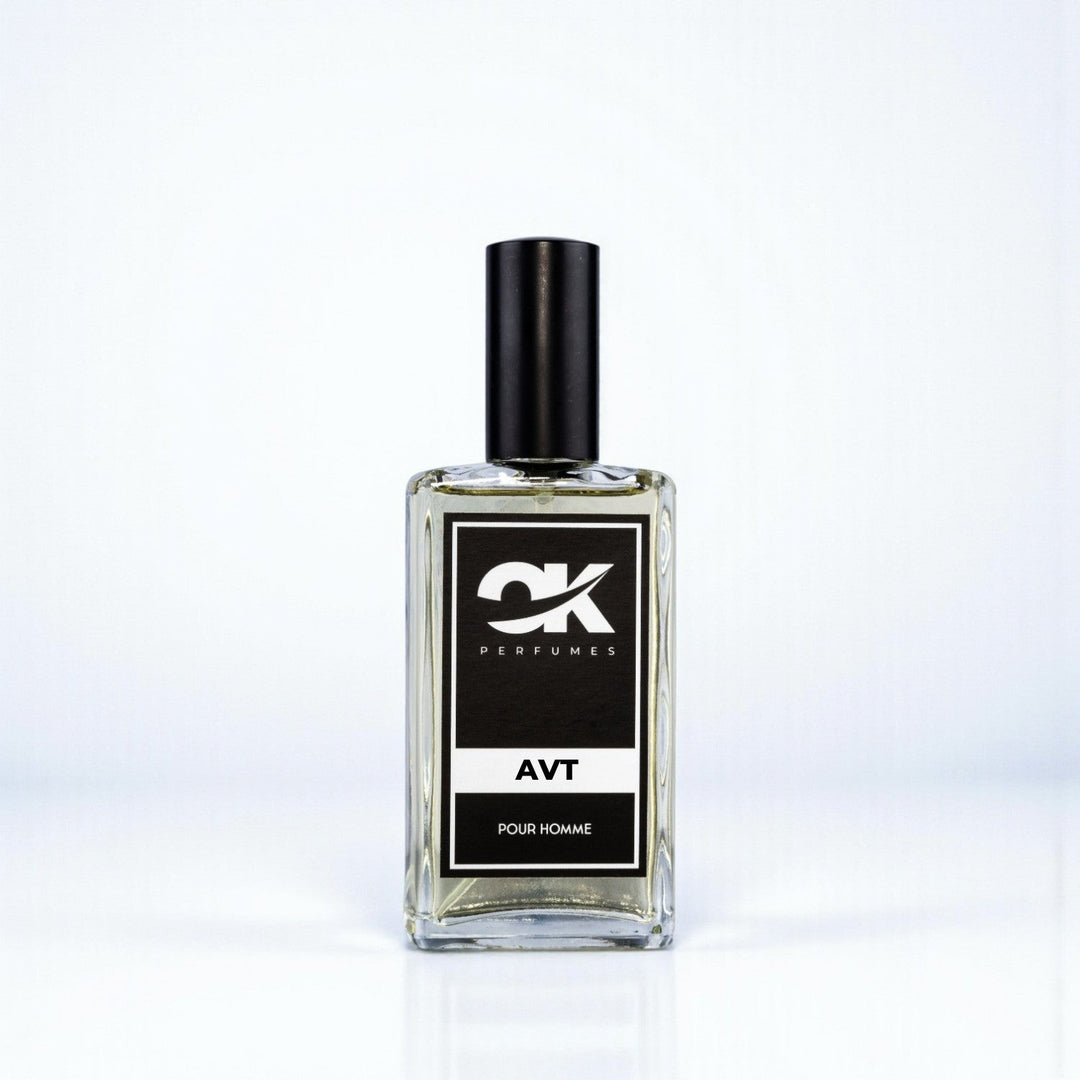
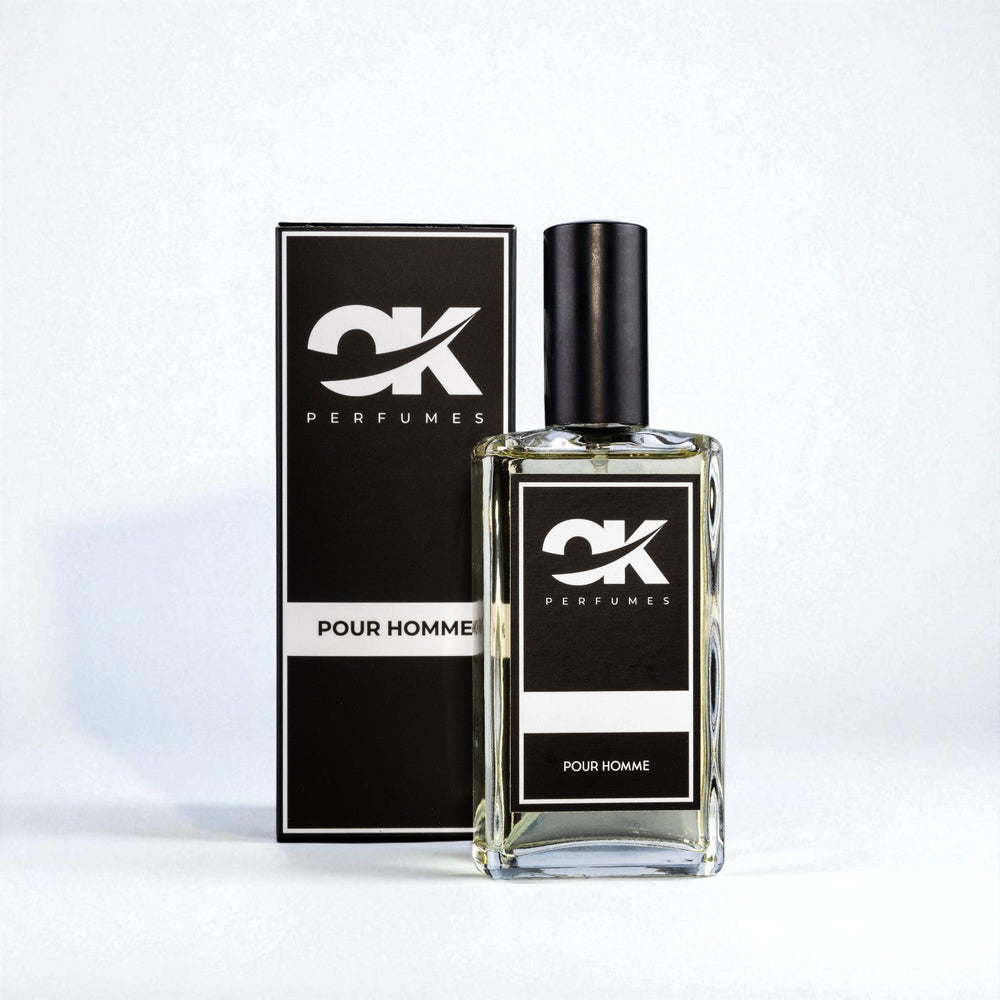
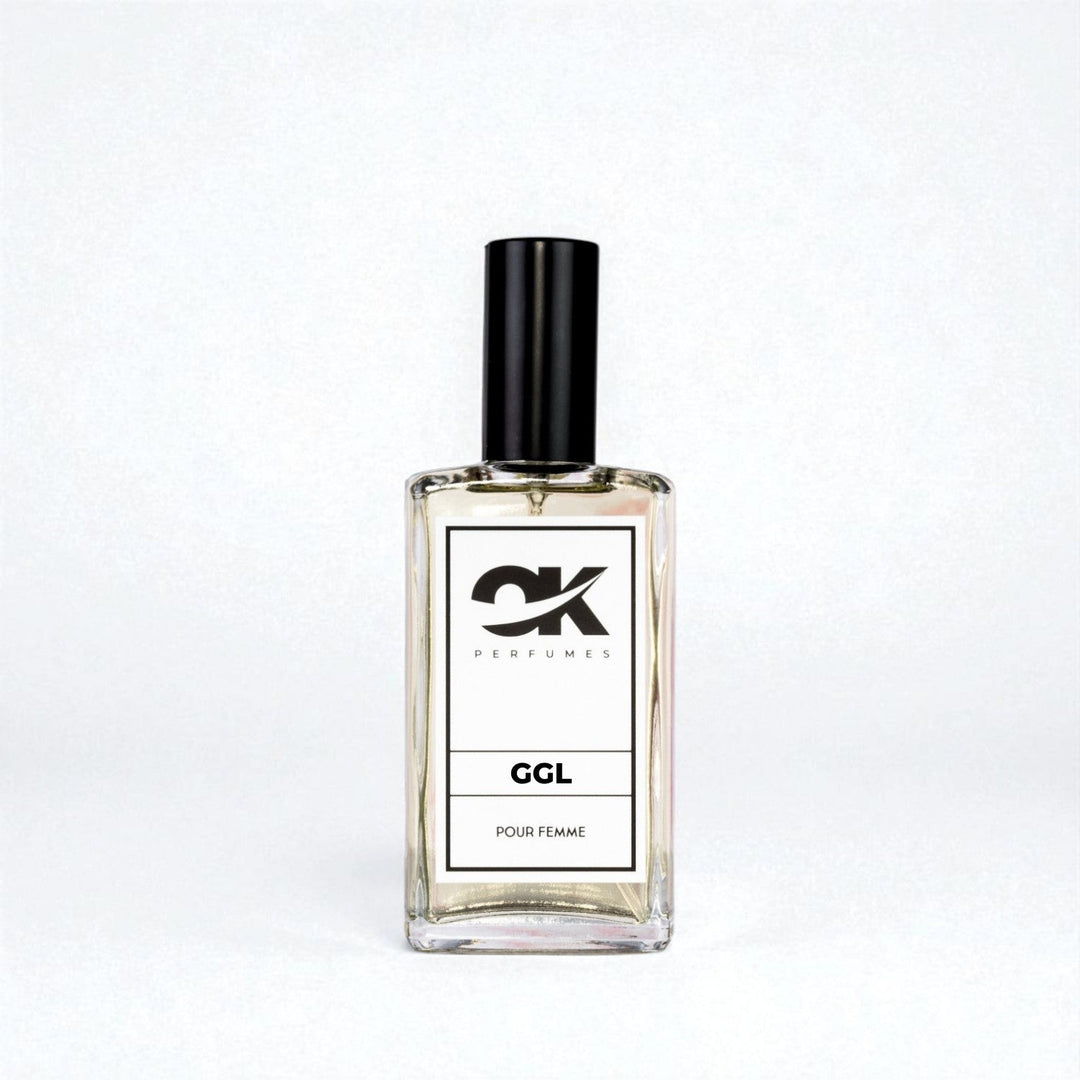
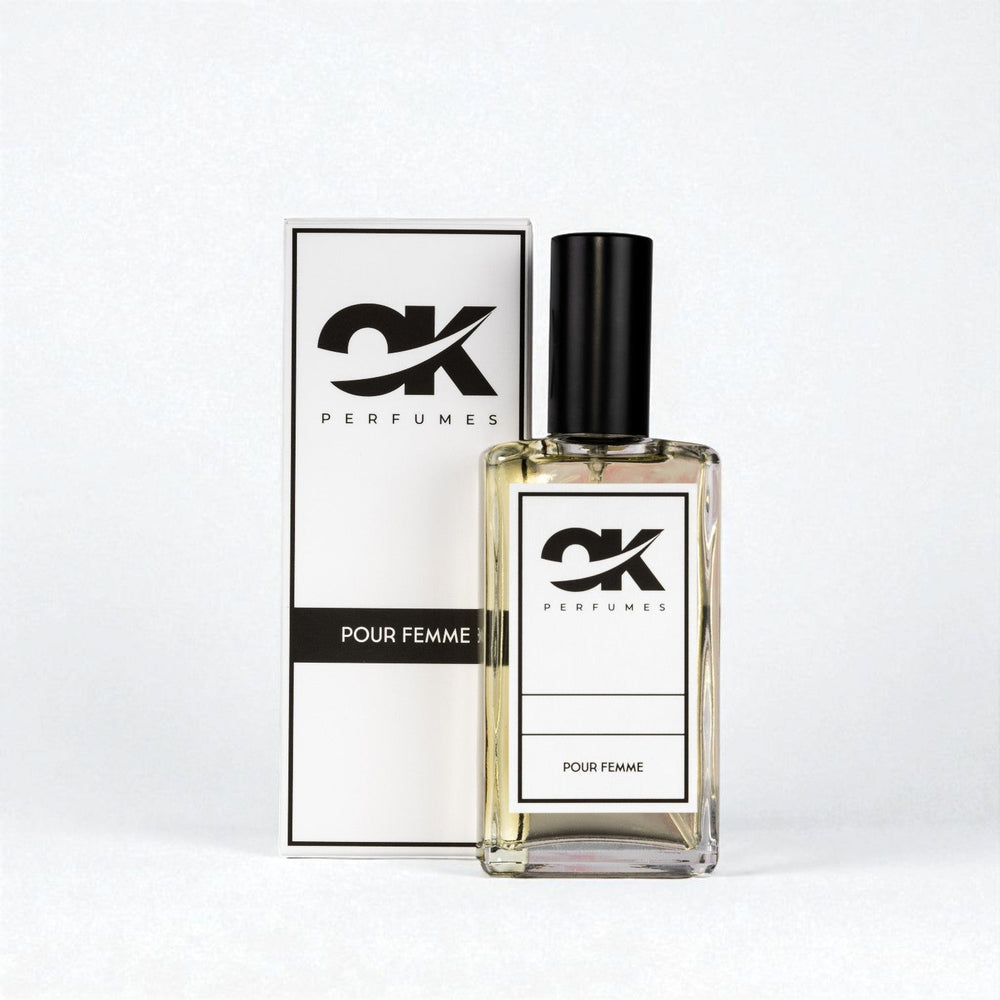
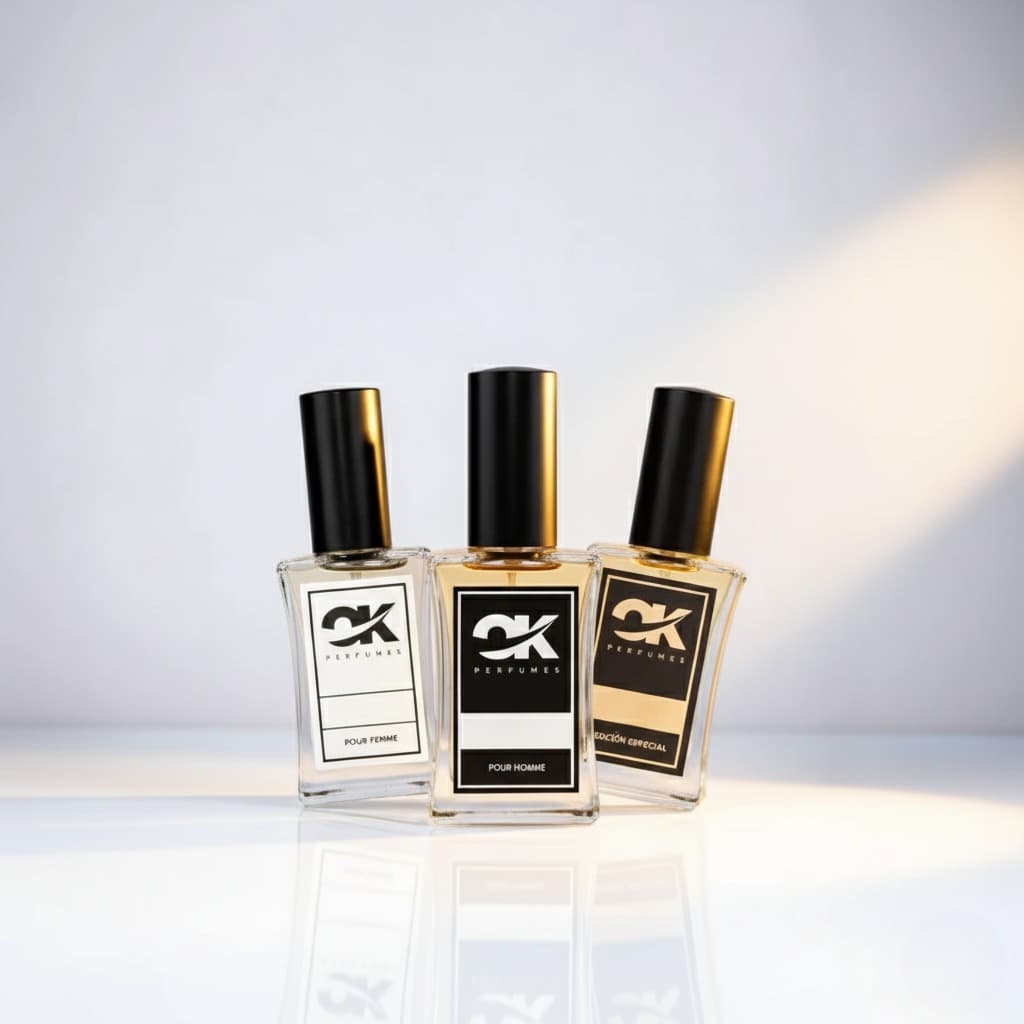

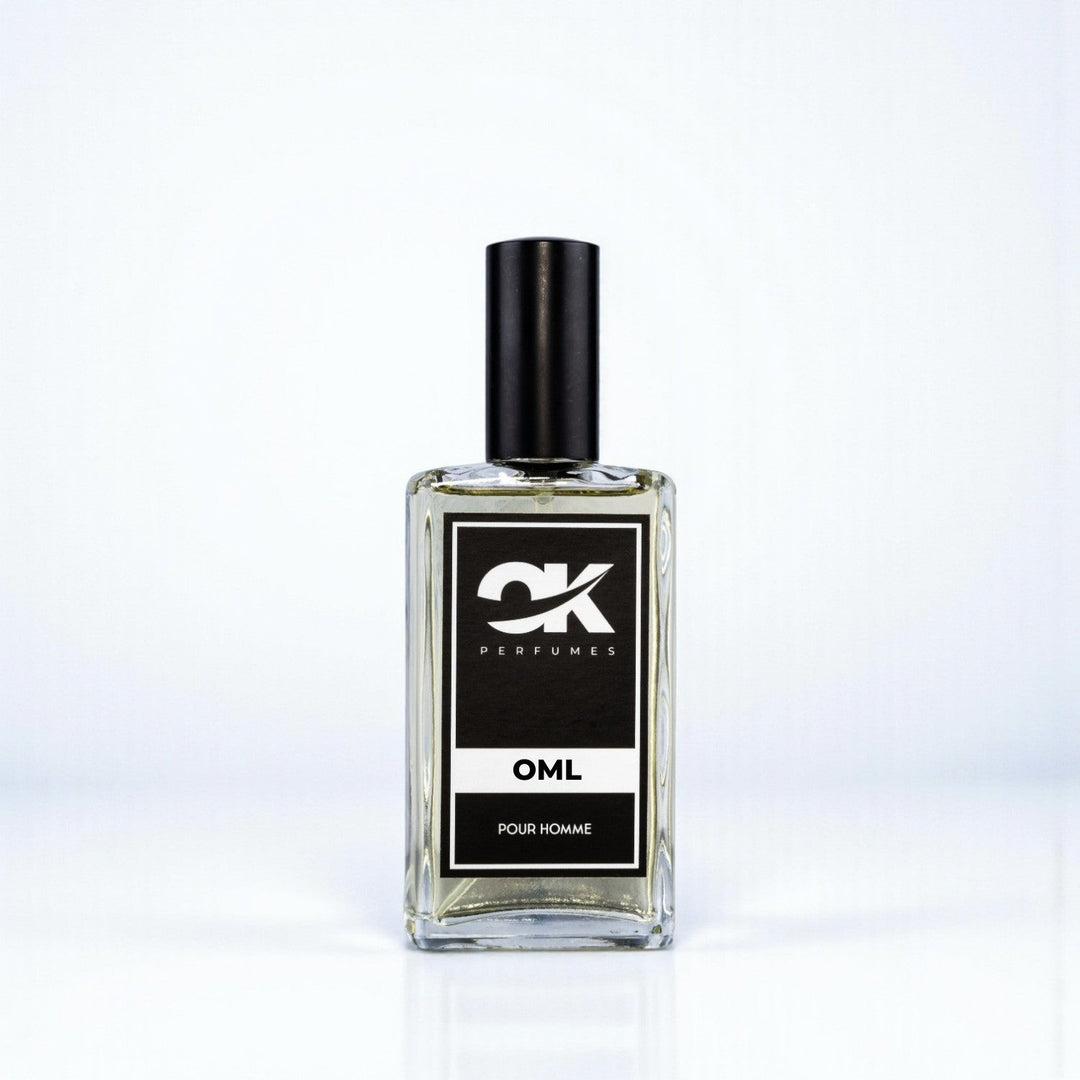
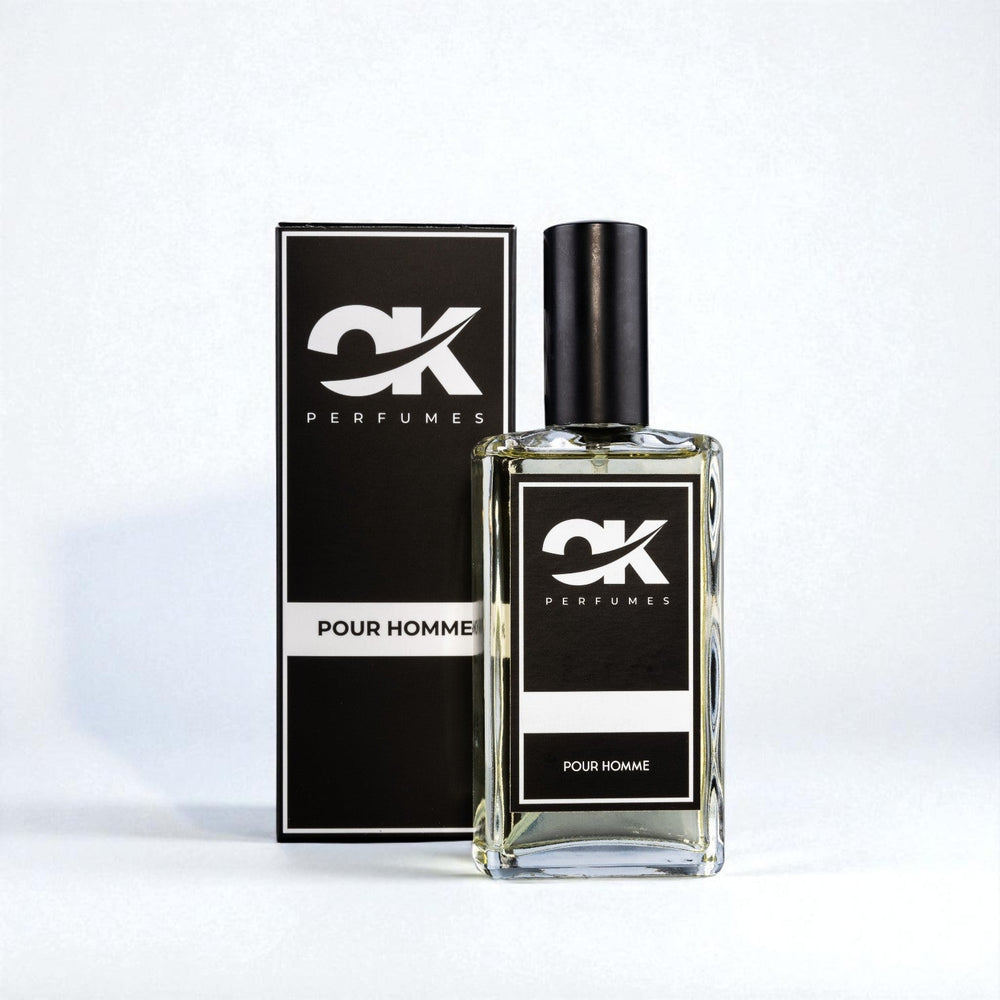
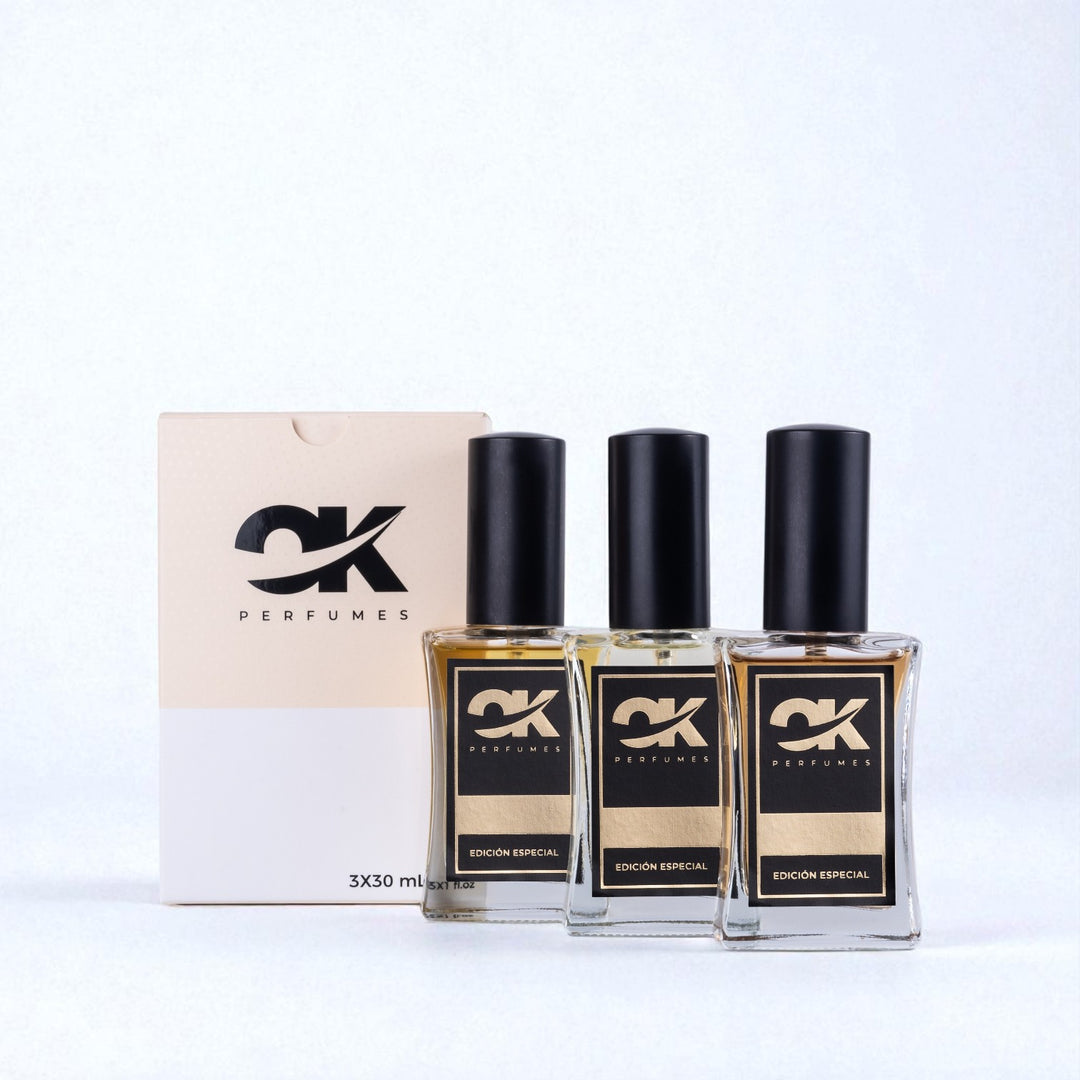




Hola, quisiera saber si tenéis laboratorio propio o creáis los perfumes en un laboratorio externo.
Las mezclas están muy conseguidas y la verdad es que soy un gran cliente desde que os conocí porque me encanta.
Un saludo
Leave a comment